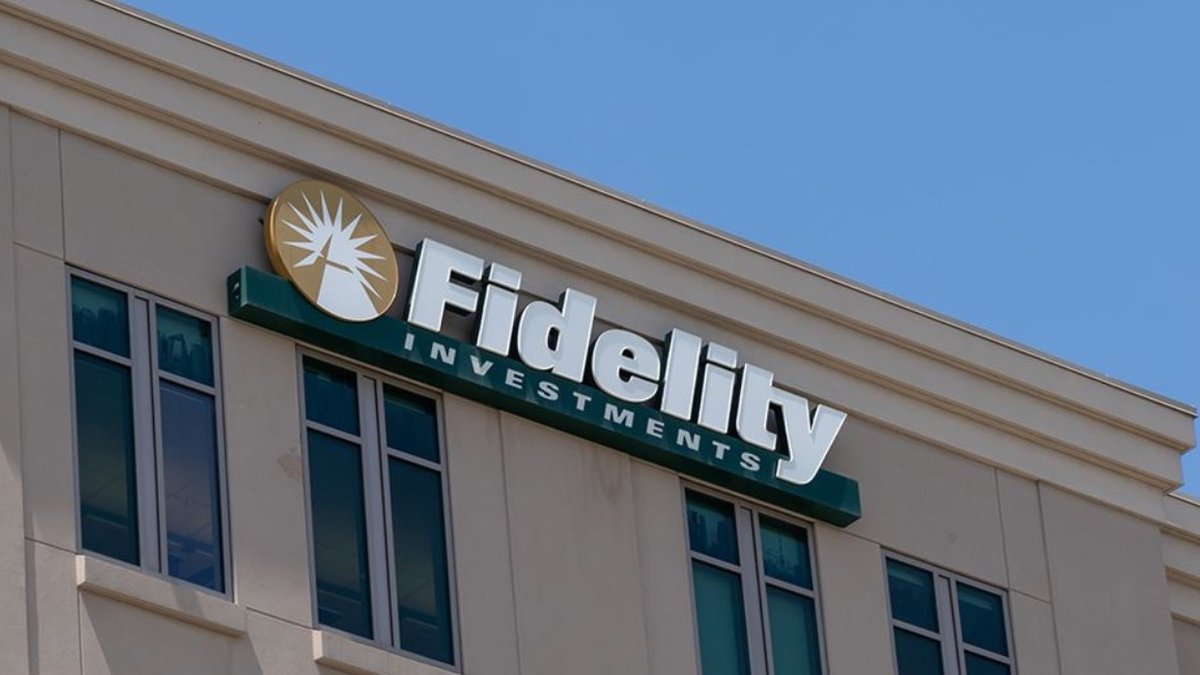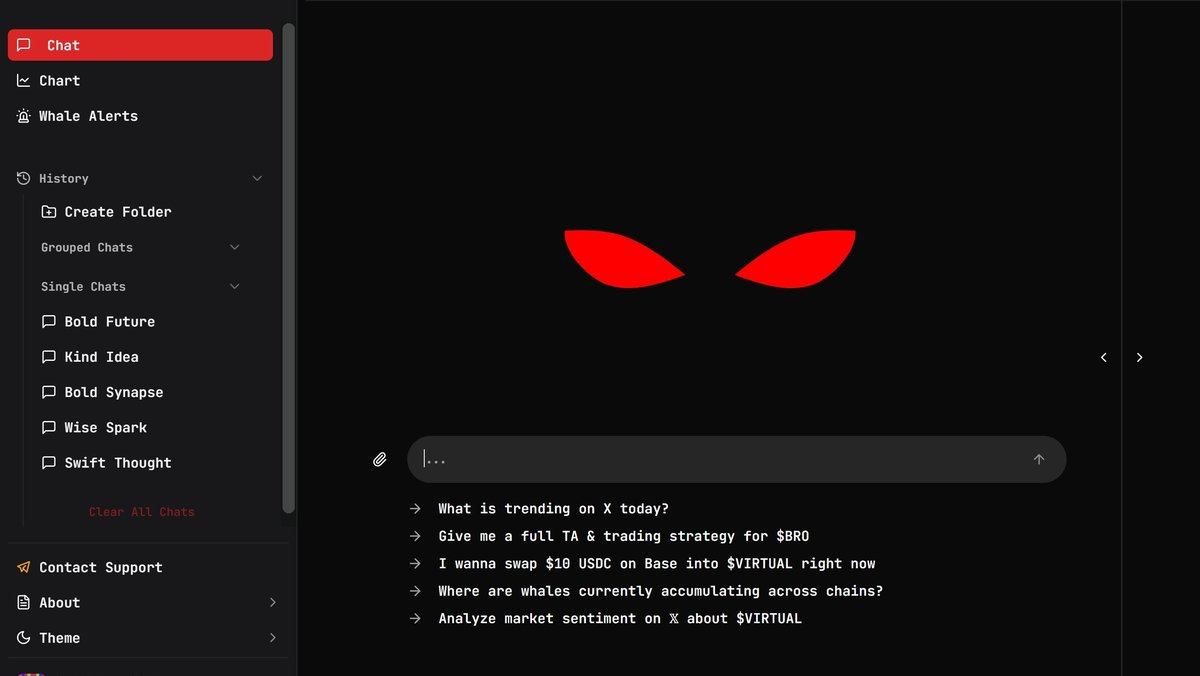Fidelity’s approach to crypto custody exemplifies how institutional-grade financial services can integrate securely with the rapidly evolving digital asset ecosystem. Regulatory compliance in this context is not merely a bureaucratic requirement but a strategic framework to ensure client asset protection, operational transparency, and market stability. As cryptocurrencies continue to grow in adoption—spanning Bitcoin, Ethereum, DeFi protocols, and NFTs—understanding the mechanisms behind custody solutions is vital for both institutional and retail investors seeking long-term exposure.
Overview of Regulatory Compliance: Fidelity’s Crypto Custody Framework
Fidelity’s crypto custody model was designed to address the fundamental challenges of safeguarding digital assets: security, scalability, and regulatory adherence. Unlike traditional exchanges or self-custody wallets, Fidelity integrates advanced security protocols, multi-layer authentication, and segregated cold storage to protect client assets. The company aligns with global regulatory standards, including SEC guidelines, FINRA compliance, and state-level requirements for custody of digital assets.
Institutional investors benefit from a combination of regulated infrastructure and operational transparency. Custody accounts are subject to regular audits, insurance coverage, and stringent access controls. This model not only mitigates risks of theft or loss but also facilitates participation in regulated products such as Fidelity’s Bitcoin ETFs, providing indirect exposure to crypto with robust compliance safeguards.
Key Features and Use Cases
Key features of Fidelity’s crypto custody include:
- Cold Storage Security: Assets are stored offline to prevent unauthorized access.
- Multi-Signature Wallets: Require multiple approvals for transactions, reducing single-point-of-failure risks.
- Insurance Coverage: Fidelity provides protection against potential cyber-thefts or operational failures.
- Regulatory Adherence: All custody operations comply with SEC, FINRA, and state-level guidelines.
- Audit and Transparency: Regular audits ensure operational integrity and investor confidence.
Use cases include institutional investment, secure storage for retail investors, participation in DeFi protocols via staking, and integration with cross-border financial operations. Compared to direct Bitcoin holdings, Fidelity custody reduces operational and compliance risk, while still enabling exposure to the growing DeFi and NFT ecosystems.
Comparisons with Other Custody Solutions
Compared to platforms like Coinbase Custody or Kraken Institutional, Fidelity emphasizes regulatory compliance and institutional-grade infrastructure. While Coinbase offers a broad ecosystem of tokens, Fidelity focuses on audited, secure assets suitable for ETF integration and regulatory reporting. Bitcoin provides unmatched security for digital gold storage but lacks advanced institutional services. Ethereum supports DeFi and smart contracts but requires additional security layers. SEC Coin emphasizes compliance but does not offer integration with mainstream ETFs and financial reporting. Fidelity’s model balances security, regulatory compliance, and institutional usability.
Risks and Considerations
Even with institutional custody, risks persist:
- Market Volatility: Crypto prices can fluctuate rapidly, affecting ETF or custody valuations.
- Regulatory Changes: Evolving laws may impact custody operations or access to certain assets.
- Operational Risk: Cybersecurity threats, though mitigated, remain a concern.
- Liquidity Constraints: In extreme market stress, redemption and access may be slower than expected.
Investors should diversify portfolios, monitor regulatory updates, and consider custody-integrated products such as Fidelity Bitcoin ETFs to manage exposure while leveraging compliance safeguards.
Investment Outlook
Fidelity’s crypto custody is positioned to benefit from growing institutional adoption and clearer regulatory frameworks. As ETFs, DeFi integration, and tokenized assets become mainstream, custody solutions like Fidelity’s will serve as foundational infrastructure. Strategies like dollar-cost averaging, portfolio diversification, staking via secure protocols, and participation in governance can enhance returns while managing risk.
Long-term investors may also consider Fidelity custody as a complement to self-custody and exchange holdings, balancing security, regulatory compliance, and market participation.
Further Reading and Resources
Signals | Altcoins | Crypto Insurance | Fidelity Crypto
Frequently Asked Questions
What is Fidelity’s approach to crypto custody? Fidelity provides institutional-grade custody with cold storage, multi-signature wallets, insurance, and regulatory compliance to secure client assets.
How does it compare to Bitcoin or Ethereum self-custody? Fidelity emphasizes regulatory oversight, institutional usability, and integration with ETFs, whereas Bitcoin and Ethereum self-custody prioritize decentralization and full control.
Is it a safe investment? While custody reduces operational risk and improves regulatory compliance, market and technology risks remain. Diversification and strategic portfolio management are recommended.
Where can I learn more? Explore Fidelity Crypto, SEC Coin, and related guides on crypto security, ETFs, and DeFi integration.







